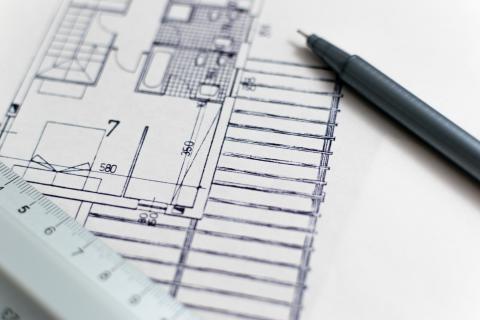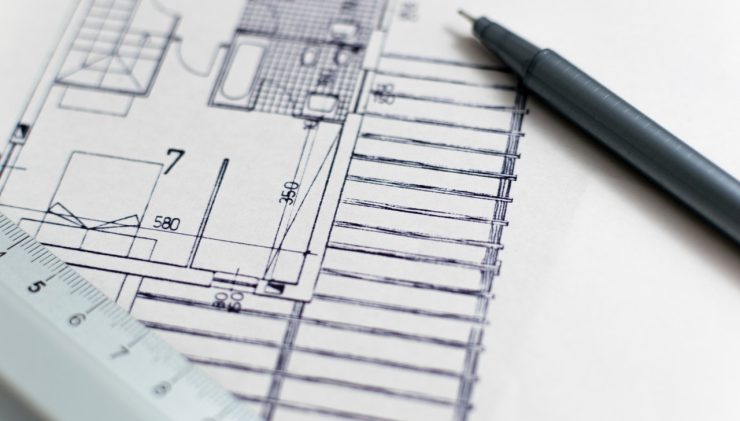 Professional Practices: Systematize Processes to Control Your Risks
Professional Practices: Systematize Processes to Control Your RisksIf you run an architectural, engineering, or design business, you live with the threat of lawsuits every day. Your projects are complex and multifaceted, and your risks are too. Your success depends as much on your ability to manage those risks as it does on your ability to provide a service.
Protecting your firm from these constant and complex threats requires a robust risk management strategy.
Just one professional liability claim can put your business and personal assets on the line. These claims can be a financial drain for large companies, but for small professional practices, they can be a death sentence. Follow these risk management best practices to lower your chances of being sued:
1. Educate your team. Make sure everyone understands it’s not just technical errors that lead to claims. Everyday business practices such as choosing clients, drafting contracts, and collaborating on projects expose your firm to a host of potentially costly risks.
2. Choose clients wisely. Screen your clients thoroughly and avoid those that expect you to bend the rules of acceptable practices, have prior or pending legal actions against other professional service firms, or don’t have a realistic budget for the project. Beware of the inexperienced client who requires too much direction, the cheapskate that won’t pay a fair fee, and the opportunist trolling for a lawsuit.
3. Make your contracts bulletproof. A detailed and well written contract is one of your best hedges against a lawsuit. It can help avoid misunderstandings, discourage clients from filing dishonest claims, and be invaluable evidence in a court case.
4. Keep a complete paper trail. Do you remember what you had for breakfast three weeks ago Wednesday? Probably not. So you likely won’t recall your daily activities on a project from three years ago. Keep clear, concise, legible documentation of all daily project activities.
5. Learn to see the warning signs of lawsuits. When a project goes south and ends up in litigation, there are usually warning signs before it happens: Communication starts to fail, the client becomes distant or begins making accusations, or the project suddenly comes to a halt. Learn to read the signs and try to fix problems before they end up in court.
6. Don’t overextend yourself. Never make promises you can’t keep or overstep the boundaries of accepted practices. Always be up front and accurate when describing your services, capabilities, and expectations.
7. Make referrals cautiously. What if you refer one of your clients to a relative and it doesn’t work out? Or you refer a client to someone you have a financial relationship with, and someone accuses you of a conflict of interest? Avoid this potential liability by making referrals sparingly and carefully.
8. Know when to walk. The time may come when you need to terminate a contract to avoid potential liability. For example, when a client insists on a strategy you feel will hurt the project, ignores your advice and recommendations, or comes up with unreasonable expectations during the project.
9. Carry professional liability insurance. This is a must. It’s too easy for a client to claim that your services were the cause of his or her financial loss. Professional liability insurance covers your legal defense, lost revenue, court settlements, and other expenses specified in your policy, and gives you peace of mind.
To give your professional practice the ultimate protection, get in touch with us! We’ve been serving architects and engineers for over 25 years, so we can provide a custom tailored insurance program to meet your needs and protect your profits.


